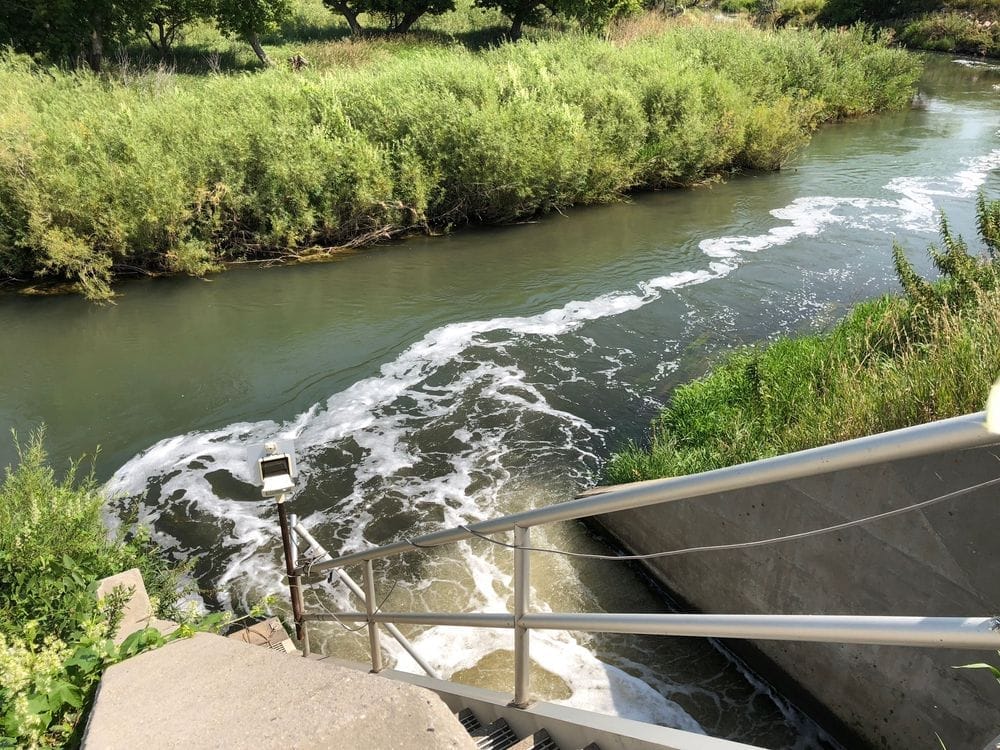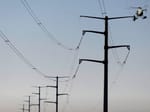PIERRE, S.D. – South Dakota lawmakers, state agency leaders and water system managers are hustling to spend roughly $700 million in COVID-era funding on water and sewer projects before the federal government claws it back.
The money was part of the American Rescue Plan Act (ARPA), a $1.9 trillion aid package Congress and the Biden administration passed in 2021 to help states recover from the pandemic.
ARPA rules require states to allocate all the funds by the end of this year and spend it by the end of 2026 or ship it back to Washington for possible usage by other states.
The deadlines, coupled with difficulty in completing large-scale water and sewer projects during labor and materials shortages, have instilled a sense of great urgency among the Legislature and the state Department of Agriculture and Natural Resources (DANR), which is responsible for permitting water and sewer projects.
“Hundreds of millions of ARPA dollars are still unspent, so until it’s done, none of us can feel comfortable,” said state Sen. Helene Duhamel, R-Rapid City, a lawmaker leading the effort to get projects completed. “It’s caused me some sleepless nights. And until everything is resolved at the end of the session, it’s a nail-biter.”
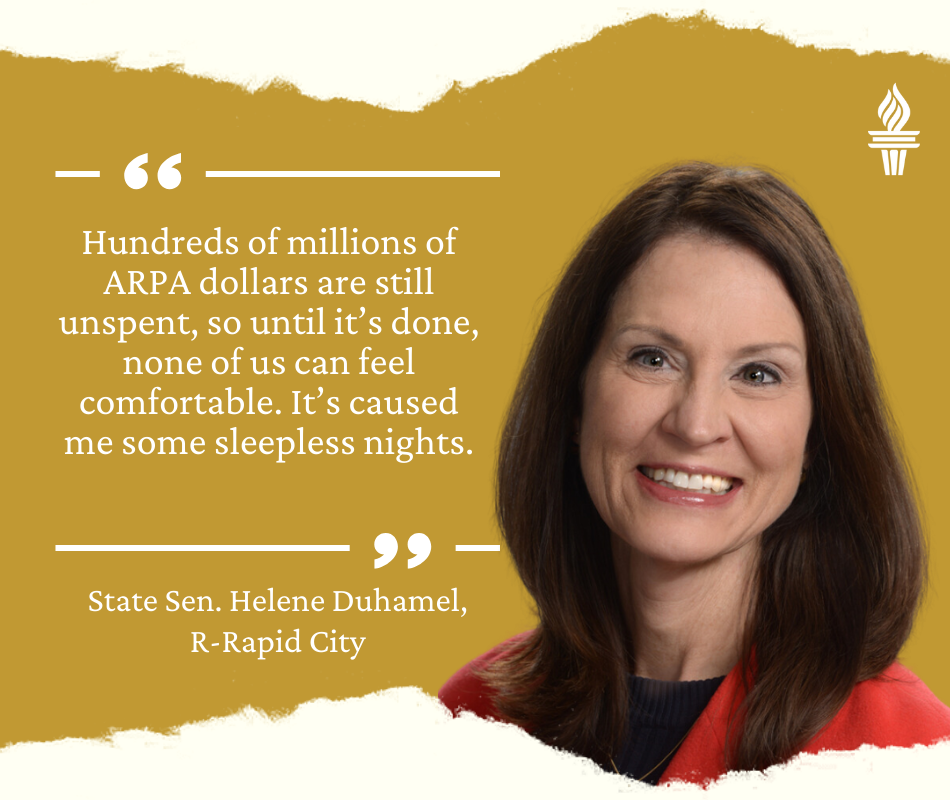
The state has allocated $600 million toward more than 200 one-time individual water and wastewater system upgrades and expansions, but less than a third of it has been spent. The remainder is in jeopardy unless state lawmakers take fast action and those who will use the money spend it before the deadlines.
South Dakota lawmakers are currently debating how to allocate the remaining $94 million of ARPA water funds. At the start of the legislative session, $131 million of ARPA funds overall were unallocated.
State agency officials confident money will be used
But those working on water and sewer system improvements are heartened by a new spending approach unveiled by DANR this legislative session.
Rather than accept proposals for any new qualifying projects at this late date, the agency instead proposes that the state use the final $94 million to boost spending on projects that already were approved in the original 2022 spending plan.
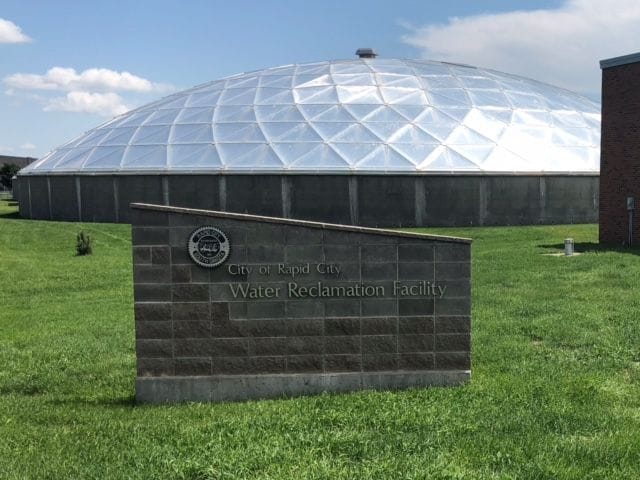
Andy Bruels, financial and technical assistance director at DANR, said he is confident that the strategy will enable the ARPA funds to be spent on worthy projects before the federal deadline.
"We’re not really concerned at all in getting those done," Bruels said in an interview with News Watch. "There would be a concern if we were taking on a whole bunch of new projects with this additional $94 million and getting things allocated. … But by working with existing projects, there’s no concerns in my mind."
Bruels, who informs the Legislature on DANR issues, noted that while ARPA funds must be spent by the end of 2026, the projects funded by those dollars don't necessarily have to be completed by that deadline. As a result, the state is urging project managers to spend the federal funding first on those projects before tapping any state loans or local investments, Bruels said.
The 2022 investment of $600 million in ARPA funds into the state's water and sewer systems was the single largest spending bill in state history outside of an annual state operational budget. When complete, the 207 projects will affect an estimated 85% of the state's population, Bruels said.
"It's an historic investment in the water and sewer infrastructure across the state and it’s got long-lasting impacts," he said.
Other projects proposed in 2024 session
Two other water-related funding measures are moving through the Legislature this session.
Senate Bill 66 would allocate $13 million in ARPA funds to improve or upgrade water and sewer systems at state-owned facilities, including replacing aging sewer lines at Sylvan Lake Lodge in Custer State Park and fixing a retention pond at Mitchell Technical College that is prone to overflow.
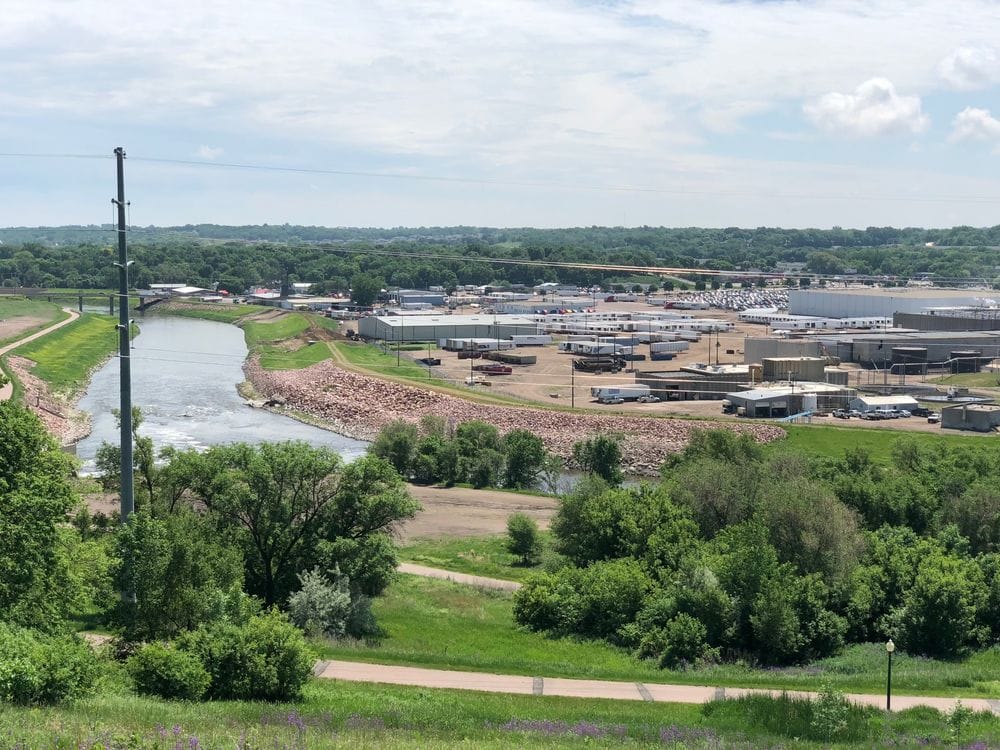
Senate Bill 7 and Senate Bill 16, which are similar, would provide funding from fees and other sources to complete up to a dozen water, irrigation and flood control projects at a cost of nearly $20 million. Those measures are part of the annual state water project proposals known as the State Water Resources Management System, or SWRMS. Gov. Kristi Noem signed SB 7 into law earlier this session.
Among those projects are an irrigation upgrade in Belle Fourche and flood control projects in Sioux Falls, Vermillion and along the Big Sioux River corridor. Partial funding is also included for studies of three projects that would tap the Missouri River for drinking water for northeastern South Dakota and the greater Sioux Falls and Rapid City regions.
Long list of ARPA projects
The DANR's 2022 ARPA spending plan included 207 water and sewer projects that so far have used about $180 million of the $600 million in federal grants allocated, Bruels said. Those projects, which also will be the focus of the proposed $94 million in Senate Bill 53 from the current legislative session, have been provided with more than $1 billion in low-interest state loans to reach completion, he said.
The project list is long and covers cities and towns from Webster to Yankton in the east and from Isabel to Oral in the west. The largest grants are for wastewater system rebuilds in Aberdeen, Brookings, Yankton and Rapid City, where a $44 million ARPA grant will help pay for a $145 million wastewater project, the largest on the list.
Small towns will also benefit, including from a $25,000 grant for water system improvements in Canova, a $45,000 grant for new water meters in Presho and a $150,000 grant for system improvements in Alexandria. As a result of the grant program, taxpayers and rate-payers will see far smaller special assessments for utility improvements on their monthly bills.
"It’s all across the state in small towns, larger cities and rural water systems," Bruels said. "These are generational projects that will be in place for 30 to 50 years and benefit the state's children and grandchildren."
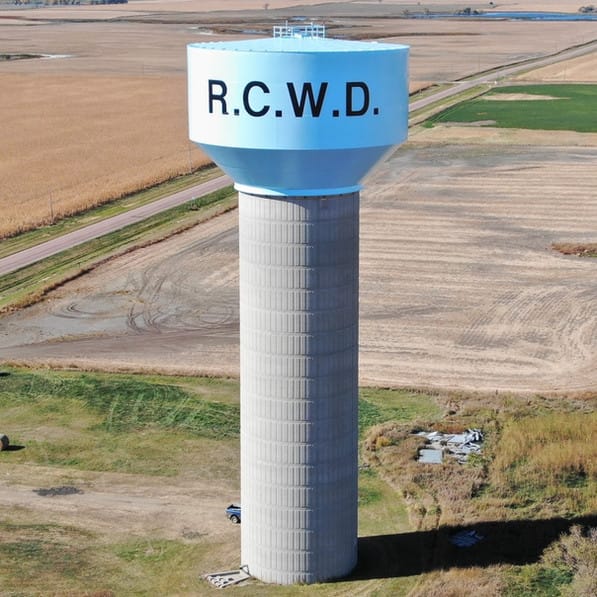
New water source for Mitchell
The impact of ARPA grants is already being felt in one area of southeastern South Dakota, where the Randall Community Water District is using millions in federal funds to help expand its footprint and provide a new source of drinking water from the Missouri River.
With district headquarters in Lake Andes, the rural water system has been allocated two ARPA grants totaling $14 million and more than $80 million in low-interest state loans that will offset the costs of more than $100 million in improvements and expansions, according to general manager Scott Pick.
The district will receive a $2.7 million ARPA grant to help pay for $9 million in internal system improvements. Meanwhile, the district has been allocated an $11.3 million ARPA grant to help pay for a $95 million, two-phase plan to build a new 70-mile water line from its Missouri River intake site at Pickstown to Stickney and finally to Mitchell, Pick said.

The new water line will provide a secondary, redundant water source for Mitchell, one of the state’s larger cities that is seeing significant growth, he said.
The Randall district was a great fit for ARPA funding because the system does its planning and construction work with in-house employees, making its proposals “shovel-ready” and enabling the system to obtain and spend the ARPA money well before the federal deadlines, Pick said.
The ARPA funds have been key to the system’s long-range planning and expansion goals, he said.
“We’re able to improve areas of our system with that injection of ARPA money,” Pick said. “Without it, this wouldn’t happen because you can’t put all that cost on your customers.”
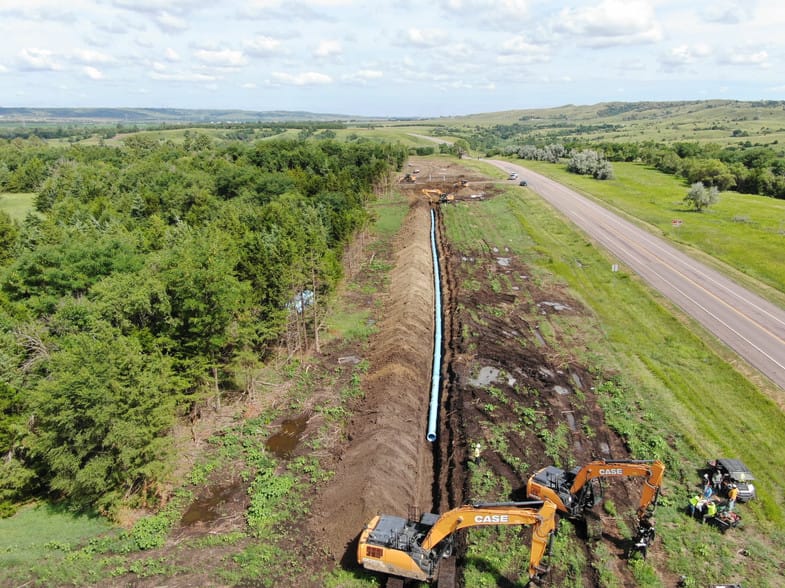
Lawmakers maintain scrutiny of spending
Republican Rep. Will Mortenson of Pierre said the Legislature must not be "cavalier" in how its allocates ARPA funding and should remain vigilant in ensuring the money is spent wisely and without waste.
"We need to treat every dollar that comes through as preciously as we did in years we had no money whatsoever," Mortenson, the House majority leader, said at a Feb. 1 press conference in Pierre sponsored by the South Dakota NewsMedia Association. "I do not like the sense that some get in their head that federal government money is not to be treated with as much scrutiny or that it’s someone else’s money, because these dollars are coming out of our taxpayers' pockets."
Sen. Reynold Nesiba, a Sioux Falls Democrat and the minority leader, said the ARPA funds for infrastructure will benefit South Dakota for generations, including the spending on water and wastewater projects as well as funding for workforce housing and a new state medical lab.
“We’ll look back and see that regardless if you like him or not, Joe Biden has been one of the most consequential presidents for the state of South Dakota in our history,” Nesiba said at the SDNA press conference. “To have $700 million for water and wastewater treatment funds, we’ve never come close to that. That’s $700 million going to counties and municipalities. ... It is once-in-a-generation funding.”
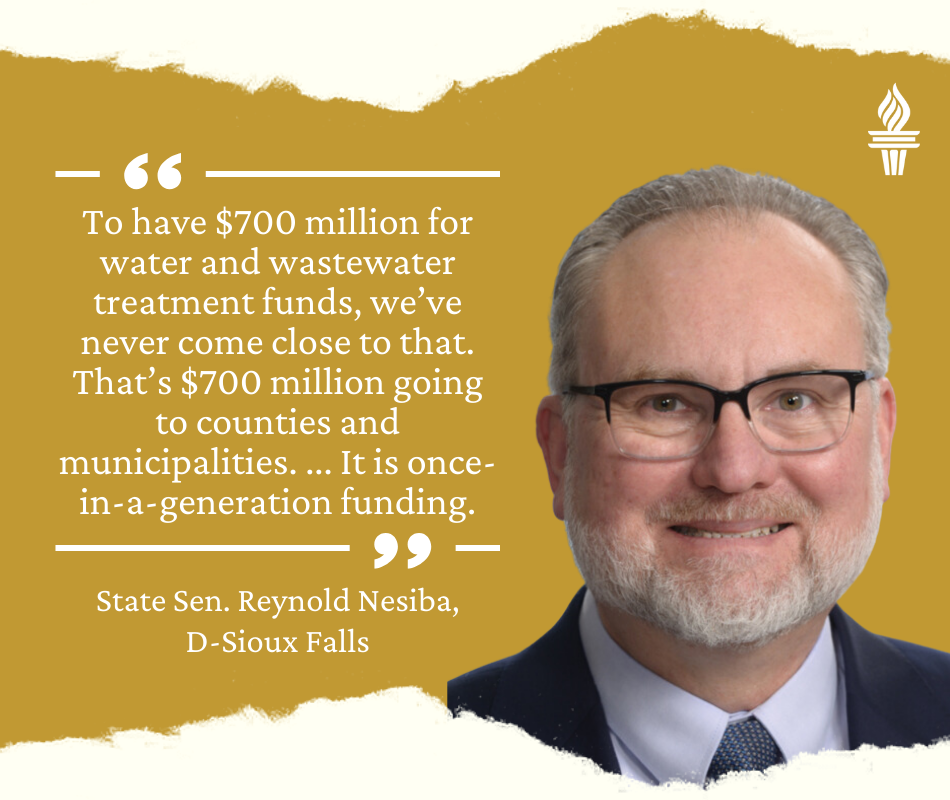
An investment in the future
Duhamel has become a champion of improving water infrastructure across the state since joining the Legislature in 2019.
She told News Watch that a college professor once told her water would someday be more important than oil in the U.S. That message, Duhamel said, now rings true in South Dakota, especially in West River where sources are few.
In 2023, she attempted to allocate $100 million in ARPA funds to jumpstart construction of a pipeline from the Missouri River to Rapid City, then cut the tab to $50 million but still lost by two votes in the House of Representatives.
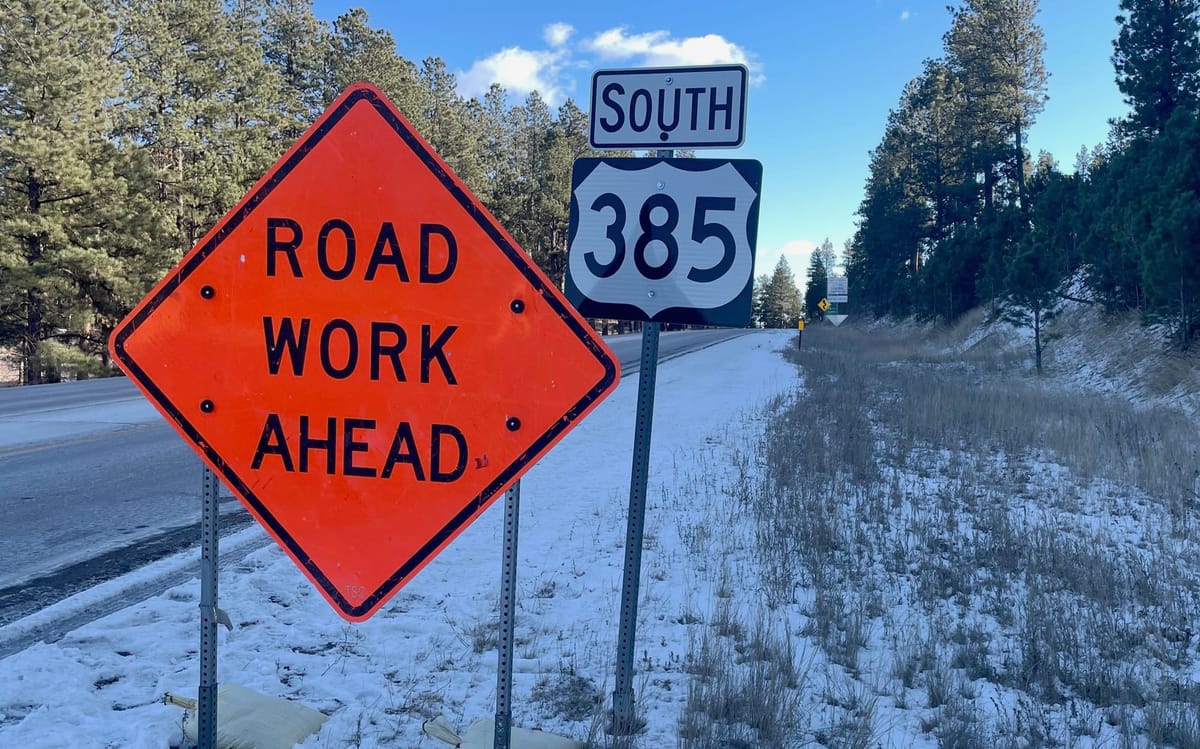
Duhamel worries that the remaining unallocated ARPA money could be shifted away from water projects or go unspent and have to be returned to the federal government. For example, she pointed to Senate Bill 134, a measure she co-sponsored that would allocate $20 million in ARPA funds to prop up the ailing timber industry in South Dakota.
"Everybody is eyeing every dollar to spend where they think it should be," she said. "Some want to sweep all the ARPA funds all over the place, and it may not get spent in time or put into water."
And yet, Duhamel said she is excited that South Dakota communities will see new, improved or expanded water and sewer systems due to the one-time federal funding boost.
“This is truly an investment in our future,” she said. “It’s infrastructure, the true role of government. It’s where we should be and what we should be working on.”

